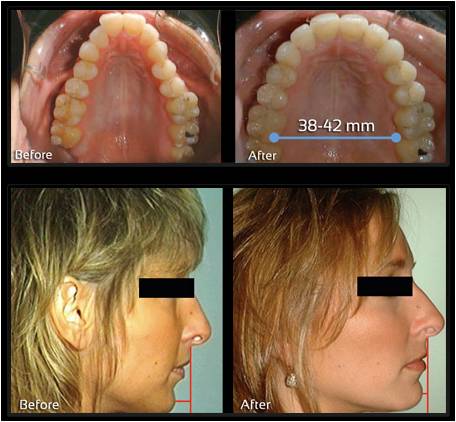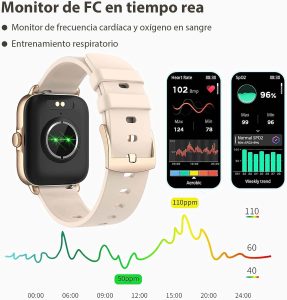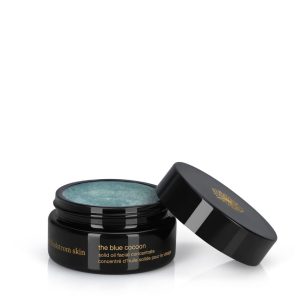Contents
- Understanding the DNA Appliance
- What is the DNA Appliance?
- History and Development of the DNA Appliance
- How does the DNA Appliance Work?
- Applications of the DNA Appliance
- Benefits of Using the DNA Appliance
- Comparison with Other Orthodontic Treatments
- Success Stories and Testimonials
- Potential Side Effects and Considerations
- Cost and Accessibility of the DNA Appliance
- Future Developments and Research in the DNA Appliance
Are you curious about the DNA Appliance and how it can impact your health? Look no further! In this article, we will explore the fascinating world of the DNA Appliance and its potential benefits. Whether you’re dealing with sleep apnea, TMJ disorder, or simply looking for an alternative to traditional orthodontic treatments, the DNA Appliance might be just the solution you’ve been searching for. So, buckle up and get ready to discover the ins and outs of this innovative product.
Understanding the DNA Appliance
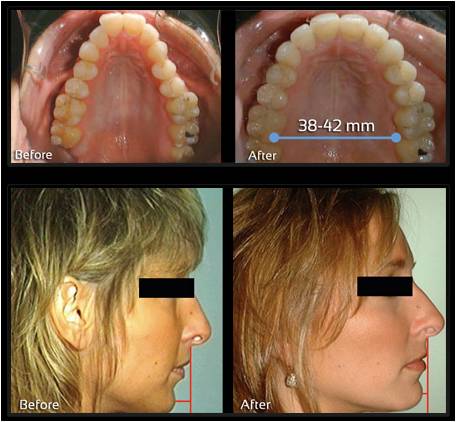
What is the DNA Appliance?
The DNA Appliance is a revolutionary orthodontic treatment that aims to correct dental and jaw alignment issues, ultimately improving overall oral health and facial aesthetics. It is a non-invasive, non-surgical alternative to traditional orthodontic treatments such as braces or surgery. The appliance works by harnessing the body’s natural ability to remodel itself, specifically targeting the supportive tissues around the teeth and jaws.
History and Development of the DNA Appliance
The DNA Appliance was developed by Dr. David Singh, a renowned dentist and orthodontist, who sought to find a less invasive and more natural approach to orthodontic treatment. Dr. Singh recognized the limitations and drawbacks of traditional treatments and began exploring the potential of using epigenetic orthodontics to correct dental and facial issues. Through years of research, he developed the DNA Appliance, which has since gained recognition and popularity among both patients and dental professionals.
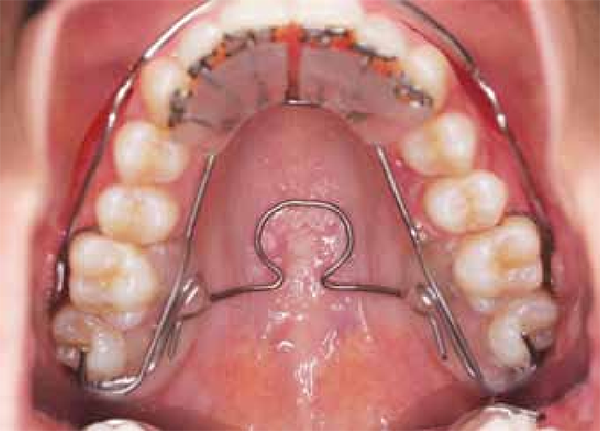
How does the DNA Appliance Work?
The DNA Appliance works by utilizing the principles of epigenetics, a field of science that studies how genes can be influenced by external factors. The appliance consists of a custom-made oral device that is worn by the patient. It provides subtle but continuous forces that stimulate the remodeling of the bones and tissues in the mouth and face.
By applying gentle pressure to specific areas, the DNA Appliance activates the body’s innate ability to remodel and reposition the teeth, jaws, and soft tissues. This gradual remodeling process allows for the correction of bite issues, dental crowding, and other skeletal and dental misalignments. It also promotes the development of a healthier and more proportionate facial structure.
Applications of the DNA Appliance
The DNA Appliance has a wide range of applications and can be used to treat various dental and facial conditions. It is often recommended for patients with crowded teeth, underbites, overbites, crossbites, and other forms of malocclusion. Additionally, the appliance can be used to address sleep-related breathing disorders such as snoring and obstructive sleep apnea.
Furthermore, the DNA Appliance has been found to be beneficial for patients experiencing temporomandibular joint (TMJ) disorders, chronic headaches, and facial pain. Its ability to improve the alignment and function of the jaw joints can alleviate symptoms associated with these conditions and improve overall quality of life.
Benefits of Using the DNA Appliance
Using the DNA Appliance offers numerous advantages over traditional orthodontic treatments. Firstly, it is a non-surgical and minimally invasive option, reducing the need for extractions or complex surgical procedures. This makes it a more comfortable and convenient option for patients, with fewer risks and shorter recovery times.
Moreover, the DNA Appliance promotes natural growth and development of the facial bones, resulting in a more harmonious and aesthetically pleasing appearance. It also helps to optimize the airway, allowing for better breathing and reducing the risk of sleep-related breathing disorders. Additionally, the appliance can enhance the stability and longevity of orthodontic treatment outcomes.
Comparison with Other Orthodontic Treatments
When comparing the DNA Appliance to traditional orthodontic treatments, such as braces or aligners, there are several key differences to consider. While braces and aligners primarily focus on moving the teeth, the DNA Appliance targets the underlying skeletal structure, resulting in more comprehensive and lasting results.
Furthermore, the DNA Appliance can often achieve the desired outcomes in a shorter timeframe compared to traditional approaches. Traditional orthodontic treatments may require several years of treatment, whereas the DNA Appliance can significantly reduce the treatment duration, making it a more time-efficient option for patients.
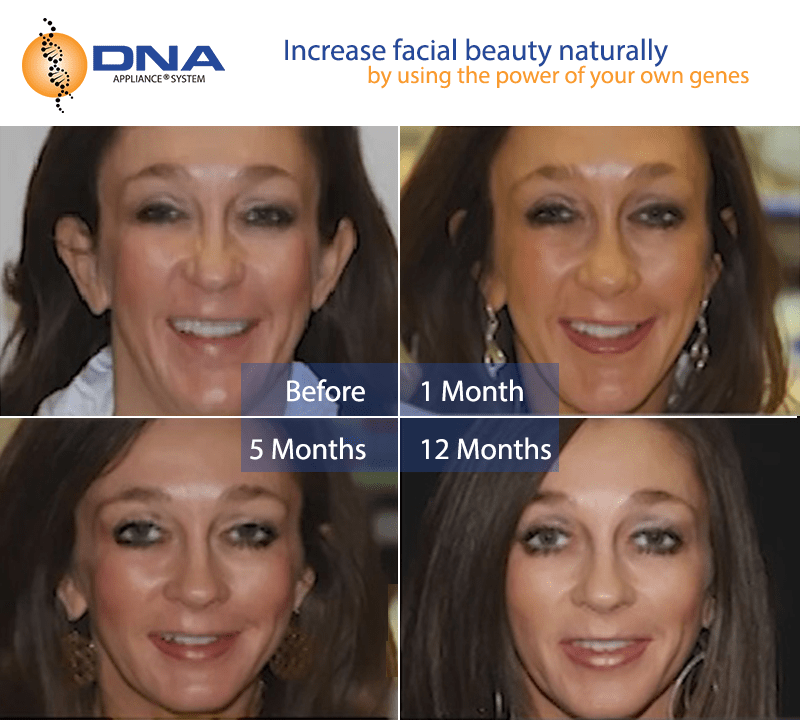
Success Stories and Testimonials
There have been numerous success stories and testimonials from patients who have undergone DNA Appliance treatment. Many individuals have reported significant improvements in their bite, facial aesthetics, and overall quality of life. Patients have also experienced relief from symptoms associated with TMJ disorders, chronic headaches, and sleep-related breathing disorders.
These success stories highlight the effectiveness and transformative power of the DNA Appliance. They showcase the positive impact it can have on a person’s oral health, facial harmony, and overall well-being.
Potential Side Effects and Considerations
While the DNA Appliance is generally well-tolerated by most patients, it is important to be aware of potential side effects and considerations. In the initial stages of treatment, patients may experience mild discomfort, changes in speech, and increased salivation. These side effects are temporary and typically resolve as the body adjusts to the appliance.
It is also crucial to note that the success of DNA Appliance treatment relies heavily on patient compliance and adherence to the treatment plan. Consistently wearing the appliance as instructed and attending regular follow-up appointments are essential for achieving optimal results.
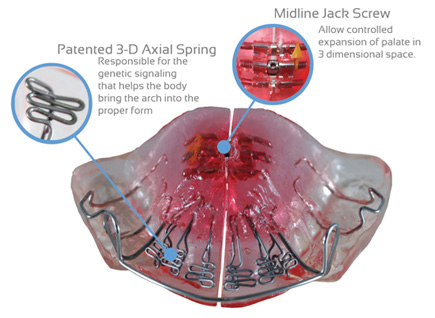
Cost and Accessibility of the DNA Appliance
The cost of DNA Appliance treatment can vary depending on various factors, including the complexity of the case, the extent of the orthodontic issues being addressed, and the geographic location. It is best to consult with a DNA Appliance provider to determine the specific cost and financing options available.
As for accessibility, the DNA Appliance has gained popularity in recent years, and an increasing number of dental professionals are incorporating it into their practices. However, it is still essential to locate a qualified and experienced provider who is knowledgeable about the appliance and its proper usage.
Future Developments and Research in the DNA Appliance
The field of epigenetic orthodontics and the DNA Appliance continue to evolve with ongoing research and advancements. Researchers are continually exploring new ways to improve treatment outcomes, expand the range of applications, and further enhance patient experiences.
Future developments may include advancements in appliance design and materials, as well as streamlined treatment protocols. Research is also being conducted to assess the long-term stability of DNA Appliance results and to explore its potential benefits in the field of preventive dentistry.
In conclusion, the DNA Appliance represents a groundbreaking advancement in orthodontic treatment. By harnessing the body’s natural ability to remodel itself, this innovative appliance offers a non-invasive and effective solution for a wide range of dental and facial conditions. With its numerous benefits and growing popularity, the DNA Appliance is transforming the way orthodontic treatment is approached, providing patients with improved aesthetics, function, and overall oral health.

